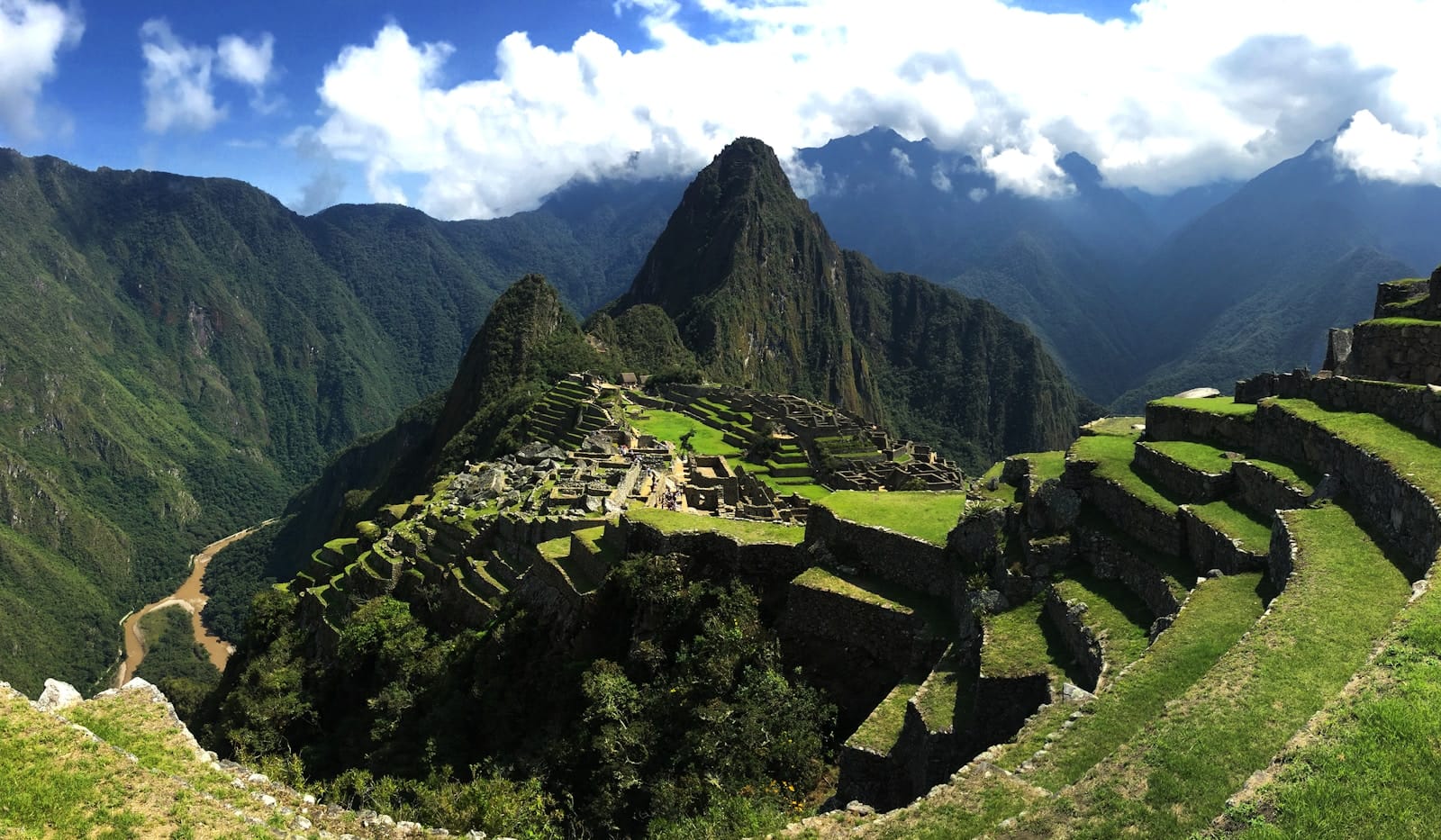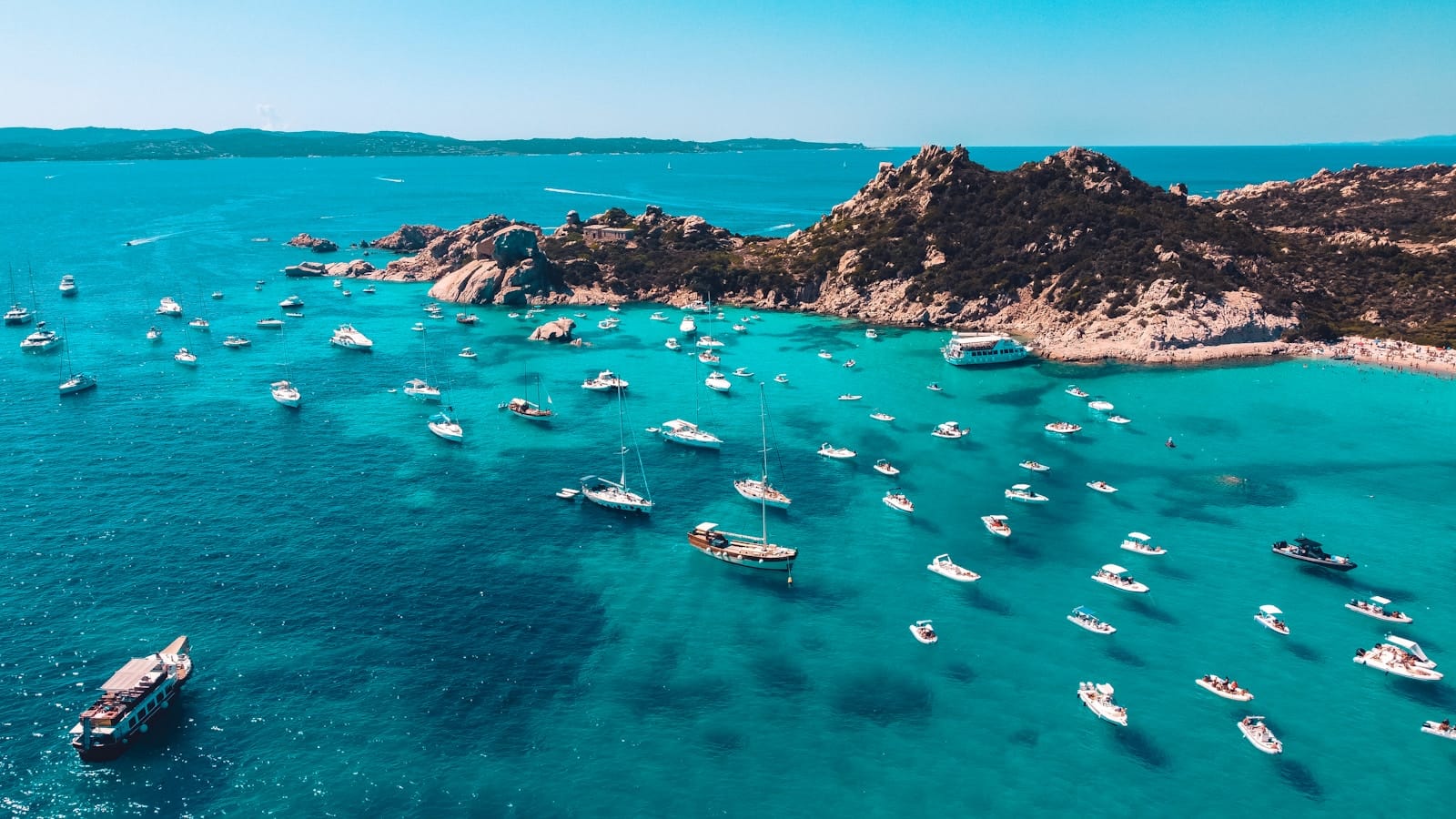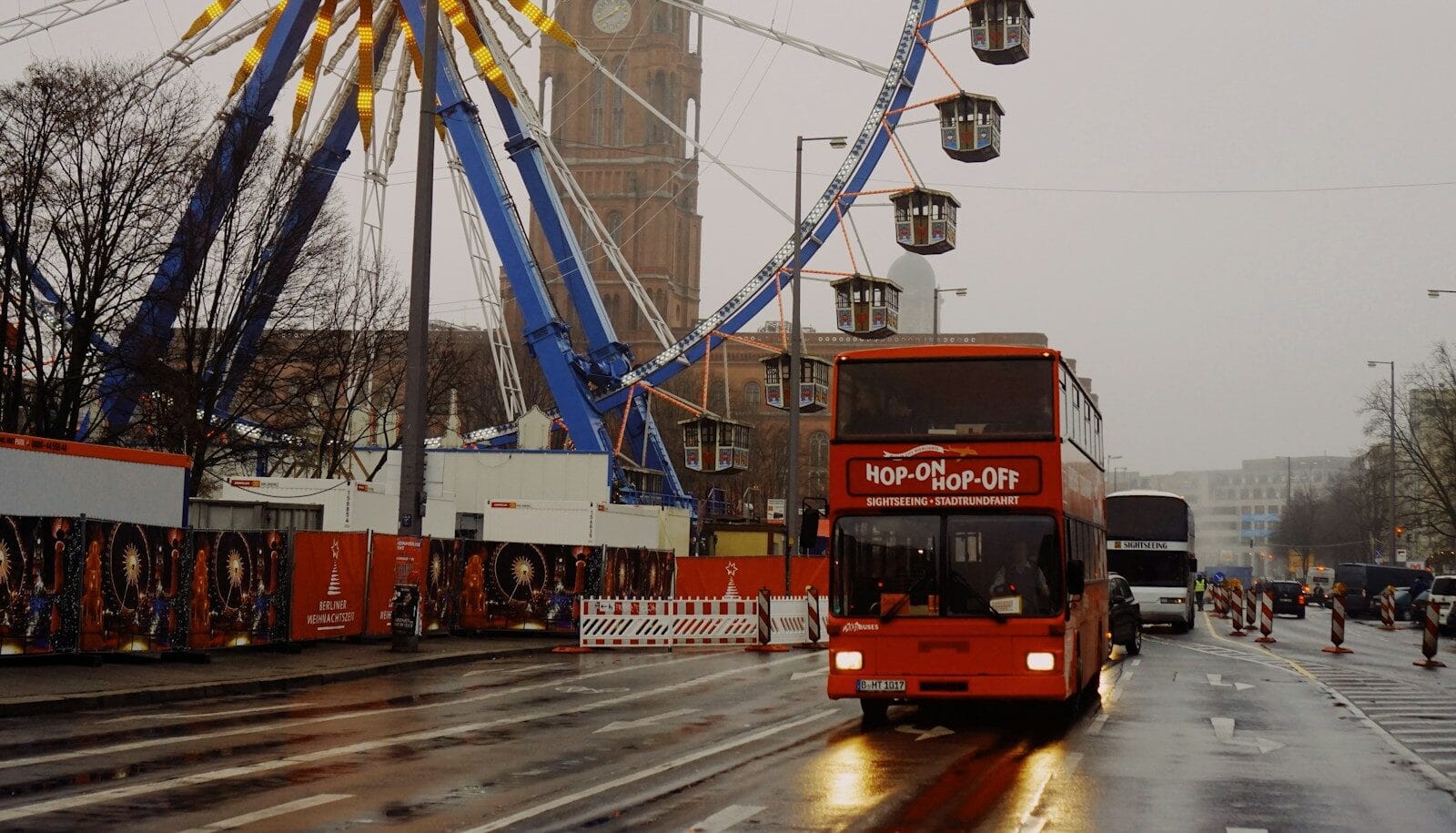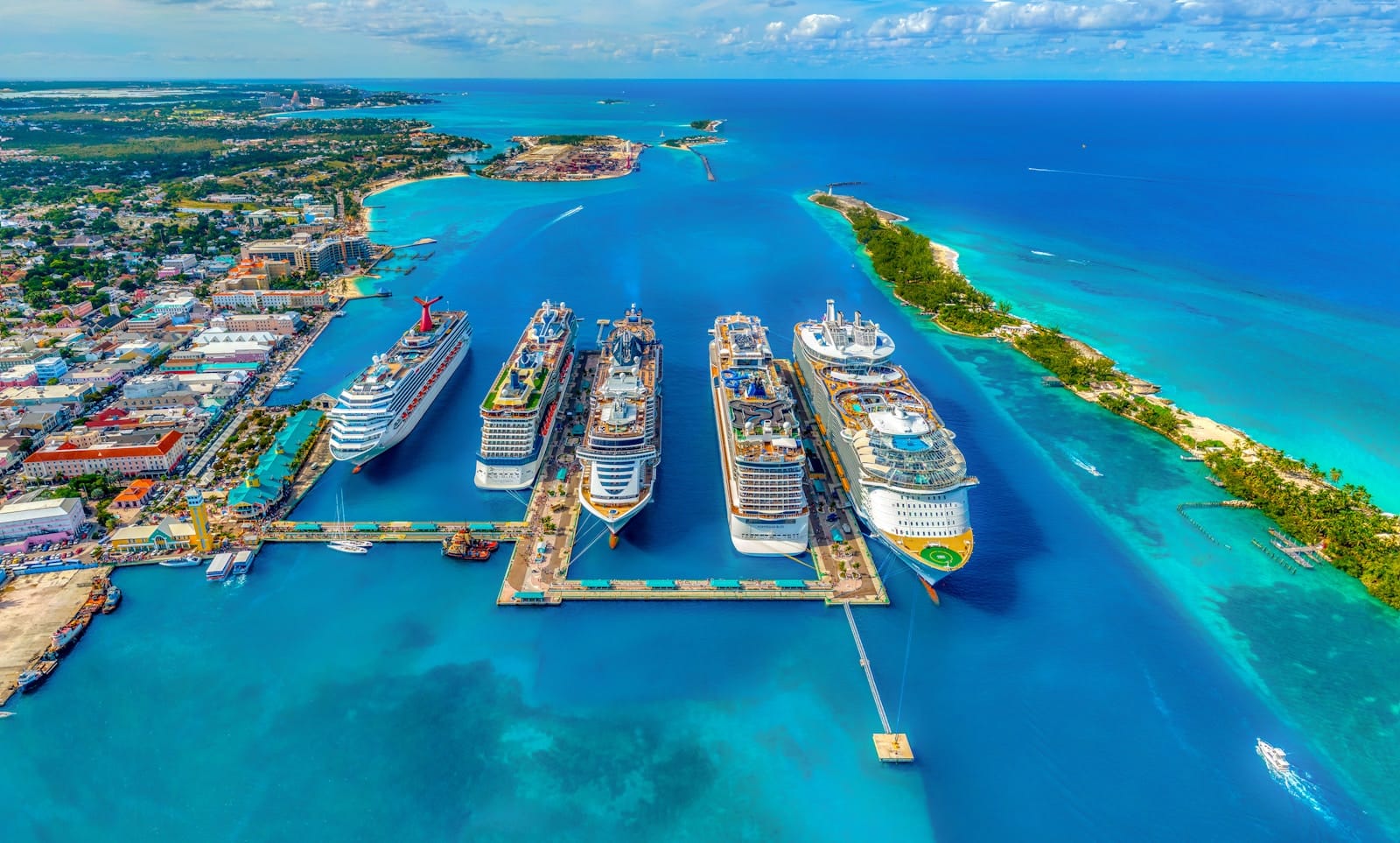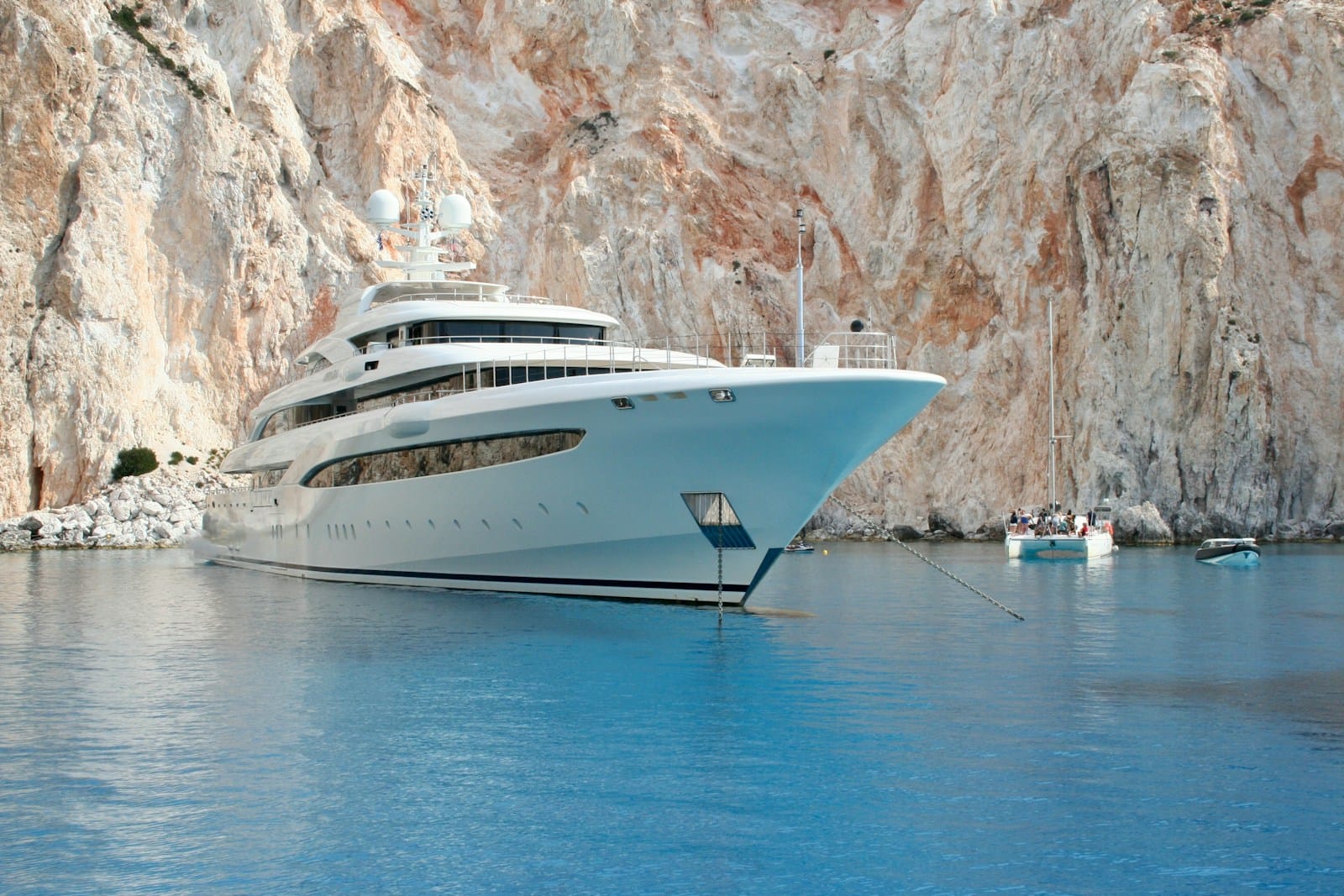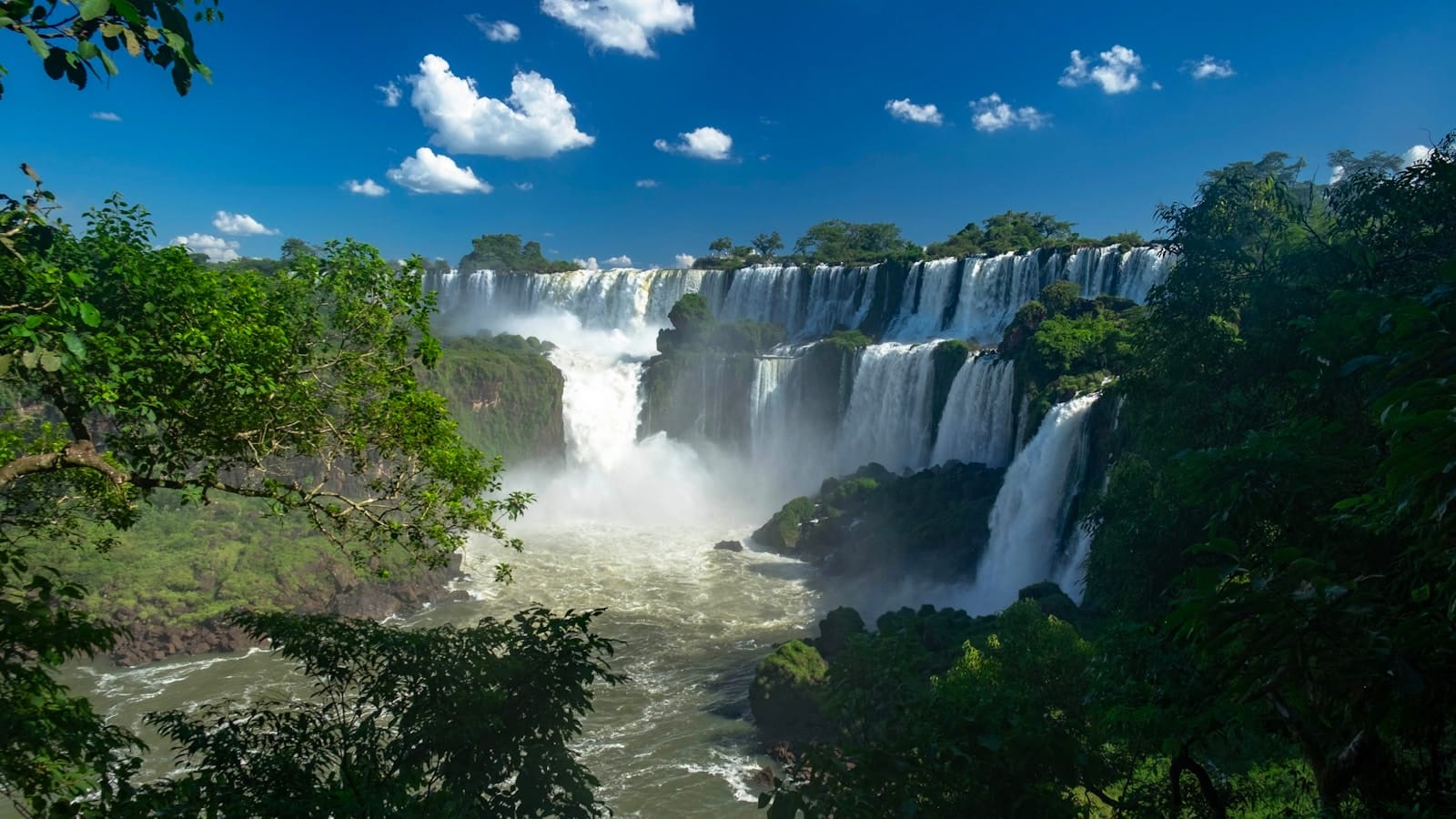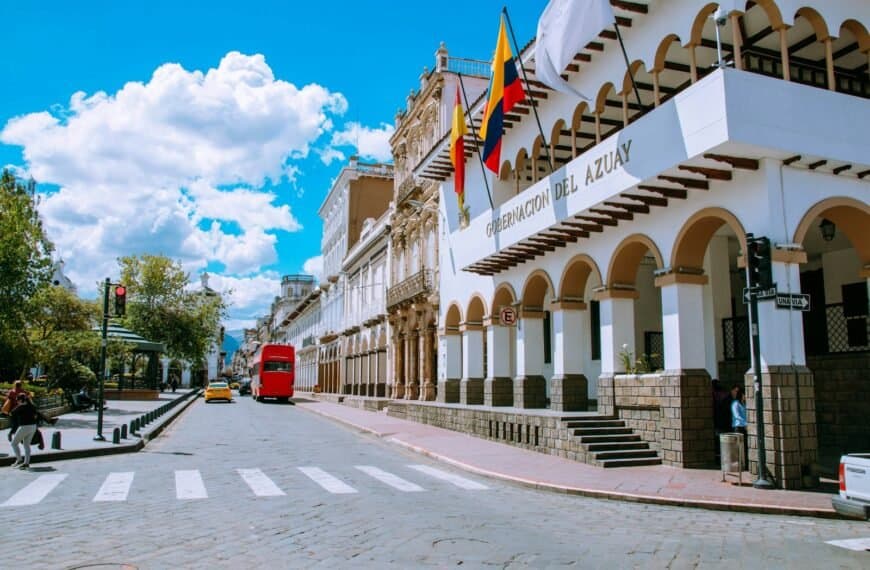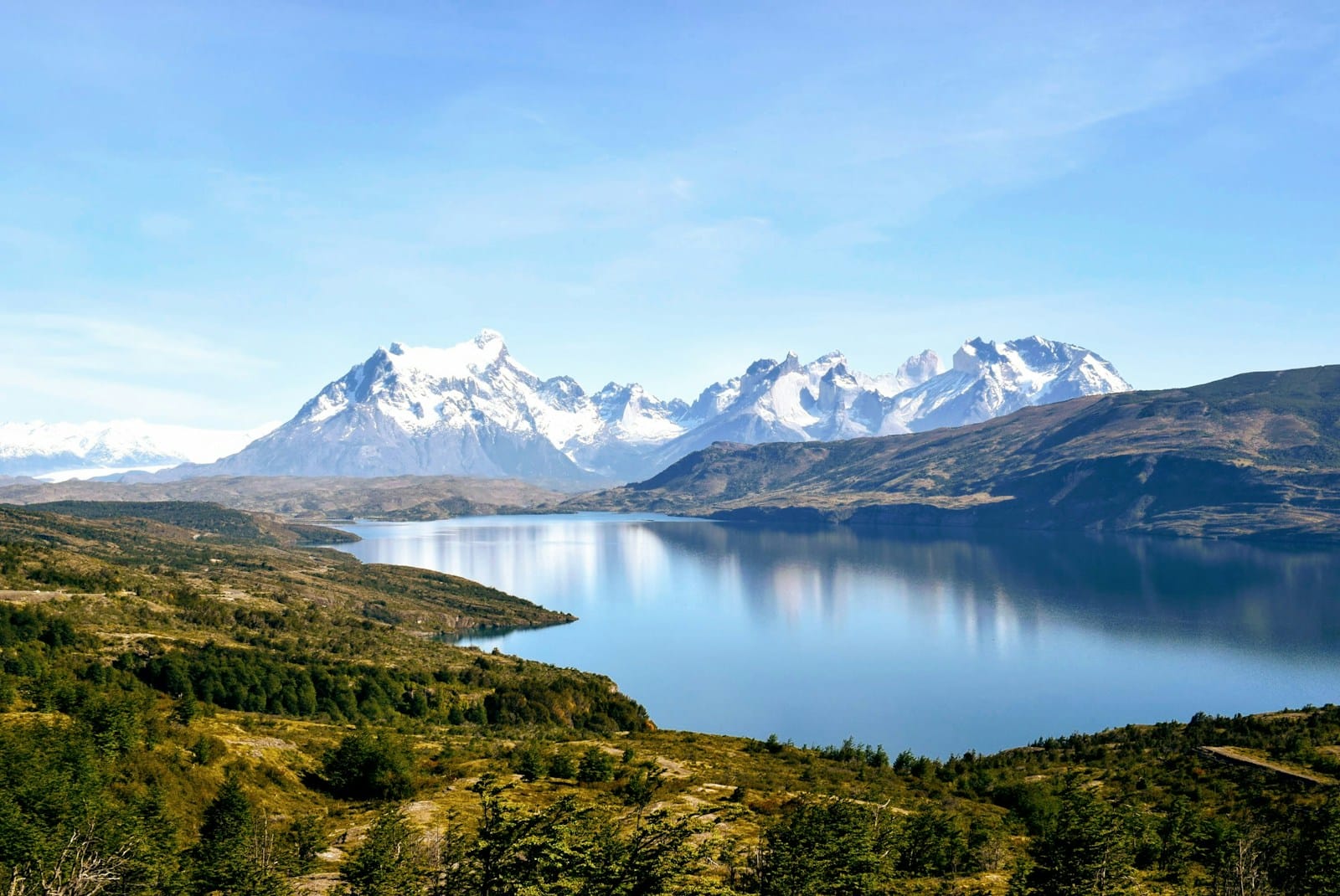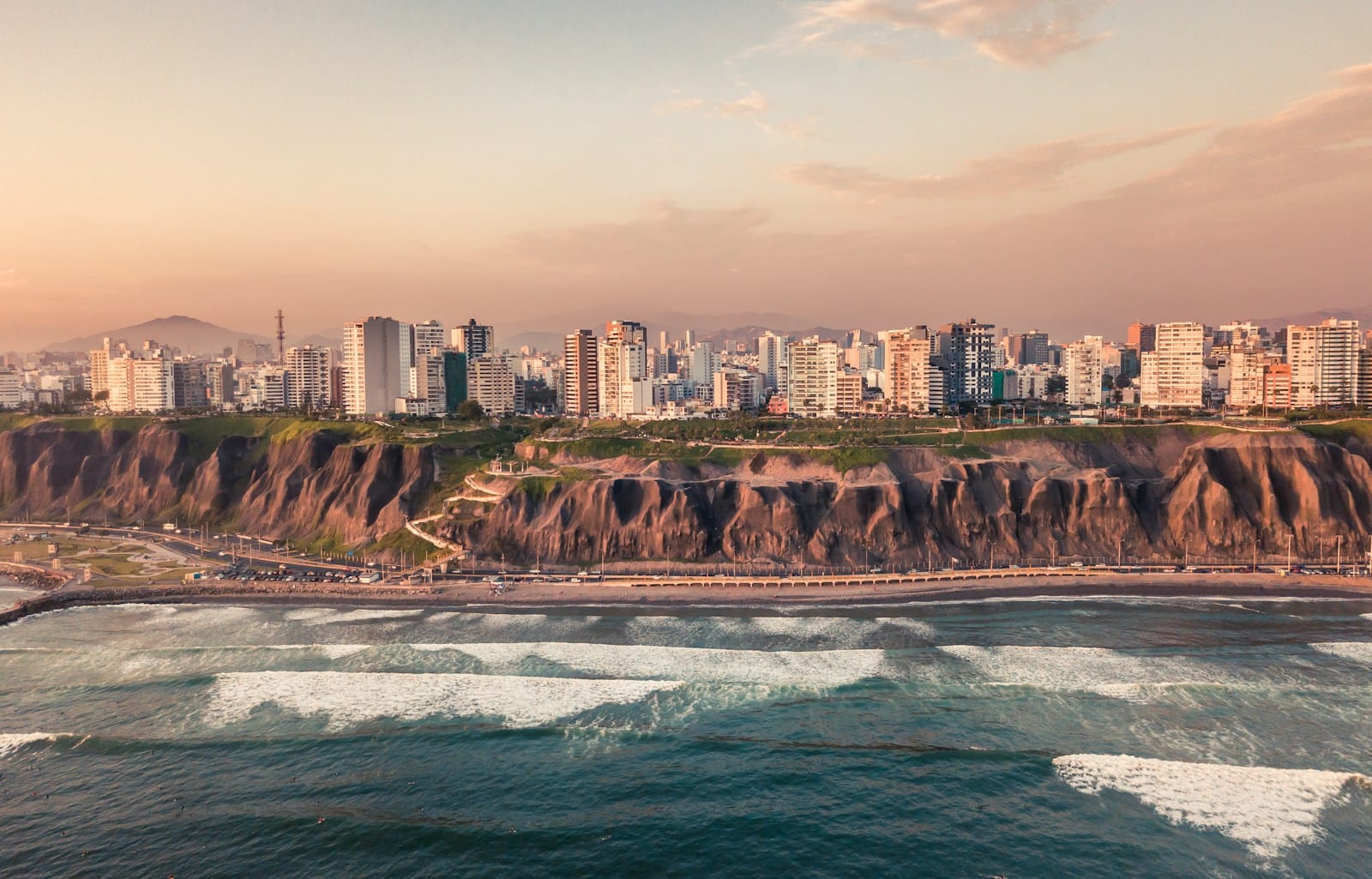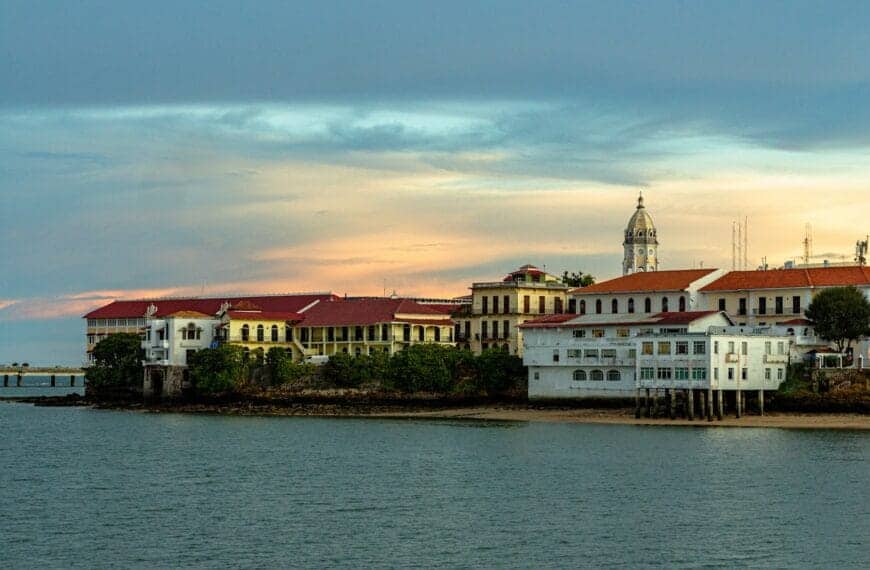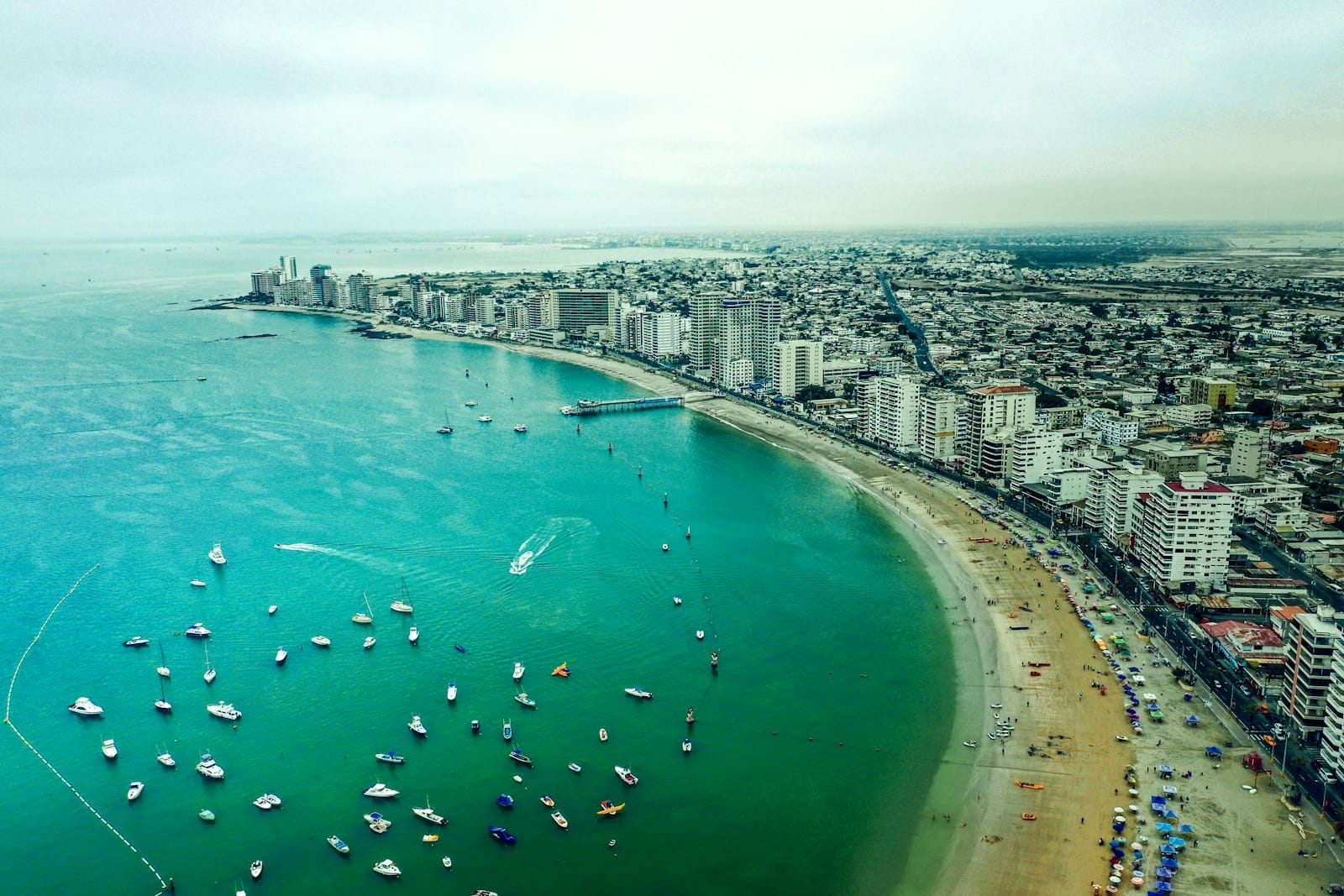Machu Picchu Attractions: Incan Wonders, Sacred Valleys & Timeless Treks
Intro to Machu Picchu: The Lost City of Wonder
High in the Andes, where clouds drift across jagged peaks and terraces cascade down green slopes, lies Machu Picchu — the legendary Inca citadel. Hidden from the Spanish conquistadors and revealed to the outside world only in 1911, this UNESCO World Heritage Site is both a symbol of Peru’s cultural heritage and one of the most breathtaking archaeological sites on Earth. The “Lost City of the Incas” enchants visitors with its stonework, mystical atmosphere, and sweeping mountain panoramas. Standing on the Sun Gate at sunrise, gazing at the ruins as golden light spills over Huayna Picchu, is an experience travelers remember for a lifetime.
Planning a visit? Don’t miss our curated Machu Picchu Tours page for guided treks, heritage tours, and immersive experiences.
💡Quick Facts:
Destination: Machu Picchu
Continent: South America
Country: Peru
Region: Cusco Region, Urubamba Province
Nearest City: Aguas Calientes (Machu Picchu Pueblo)
Area: ~325 km² (Historic Sanctuary)
Population: No permanent residents (Aguas Calientes ~4,500)
UNESCO Status: World Heritage Site (1983)
Known For: Inca citadel, Andean peaks, Intihuatana Stone, Sacred Plaza
Official Language: Spanish
Regional Languages: Quechua, Aymara
Currency: Peruvian Sol (PEN)
Time Zone: Peru Time (UTC-5)
Climate: Subtropical highland; dry season May–Sept, wet season Nov–Mar
🛂Arrival Info:
Entry: Machu Picchu is accessible only via train (Cusco/Ollantaytambo to Aguas Calientes) + shuttle bus or hike.
Permits: Advance ticket required; daily visitor caps apply. Separate permits for Inca Trail treks (book months ahead).
Visas: Peru offers visa-free entry (up to 183 days) for most Americas, EU, UK, Australia, Japan. Check Peru’s migration site for updates.
🏥Health Info:
Vaccines: Routine vaccines, plus Hepatitis A & Typhoid recommended. Yellow fever required if arriving from endemic areas.
Altitude: Cusco (3,400 m) poses risk of altitude sickness; Machu Picchu (2,430 m) lower but still notable.
Care Access: Basic clinics in Aguas Calientes; full hospitals in Cusco. Emergency evacuation insurance strongly advised.
🚑 Check travel insurance options for travel emergencies, delays, and medical needs abroad — Get coverage here
💉 Stay Informed with Official Updates: WHO – International Travel & Health | CDC – Travel health updates
🚨Travel Advisory:
Safety: Peru generally safe for tourists; pickpocketing possible on trains and in Cusco.
Regional Risks: Landslides and rail disruptions during heavy rains (Jan–Mar).
🌍Track Real-Time Official Updates: US Travel Advisory | UK Foreign Travel Advice | Government of Canada | NZ SafeTravel
🥳Holidays:
Inti Raymi: June 24, Cusco’s Inca Festival of the Sun.
Fiestas Patrias: July 28–29, Peru’s Independence Days.
Holy Week (Semana Santa): March/April, processions in Cusco.
All Saints’ Day: November 1.
New Year’s Day: January 1, peak travel period.
💰Visitor Info:
Currency: Peruvian Sol; cash preferred in Aguas Calientes, cards limited.
Costs:
Budget: $45–60/day
Mid-range: $80–120/day
Luxury: $250+ per day (train, guided tour, lodging)
Tipping: 10% in restaurants; guides/porters expect tips.
Tourist Tax: Hotel tax included in rates; foreign tourists exempt with passport + entry card.
🛫Airports:
Alejandro Velasco Astete International Airport (CUZ): Cusco – main gateway.
Jorge Chávez International Airport (LIM): Lima – hub for international arrivals; onward flights to Cusco.
🧳 Delayed or canceled flight? Check if you’re eligible for compensation
🚍Transport:
Train: PeruRail & Inca Rail from Cusco or Ollantaytambo to Aguas Calientes.
Bus: Shuttle from Aguas Calientes to Machu Picchu entrance (30 mins).
Hikes: Inca Trail (4 days), Salkantay, Lares, alternative treks.
Driving: Not possible to Machu Picchu itself; rail/trek only.
🚗 Book reliable airport transfers and in-city rides in advance. Reserve your ride here
🛰️Connectivity:
SIM/eSIM: Claro, Movistar, Entel available in Cusco.
Wi-Fi: Common in Cusco hotels; limited in Aguas Calientes.
Coverage: Patchy around trails; reliable only in towns.
🛜 Stay connected abroad with affordable eSIM data packs. Get your eSIM here
📜Laws & Etiquette:
Restricted Items: Tripods, drones, food, large backpacks not allowed inside citadel.
Cultural Respect: Stay on marked paths; touching stones prohibited.
Behavior: Keep noise low; respect spiritual significance.
👮Emergency Info:
Emergency Number: 105 (police), 116 (fire), 106 (ambulance).
Tourist Police (Cusco): +51 84 235 123.
U.S. Consulate Cusco: Av. La Cultura 734, Cusco.
🏛️ Use embassy locator tools: Embassies Worldwide
🌞Weather:
Dry Season (May–Sept): Clear skies, cool nights (5–10°C), daytime ~20°C. Best trekking conditions.
Wet Season (Nov–Mar): Frequent rain, landslides, trail closures; lush scenery.
Shoulder Months (Apr, Oct): Fewer crowds, mixed weather.
🌦️ Stay prepared—check the weather forecast for your destination — Weather Forecast
Why Visit Machu Picchu?
Machu Picchu is more than a bucket-list destination — it is a spiritual and cultural journey into Inca civilization. The site combines archaeological brilliance with natural beauty: sacred temples aligned with astronomical events, stone terraces that once fed hundreds, and a setting amidst cloud forests and granite cliffs. Visiting isn’t just about seeing ruins; it’s about connecting with the mysteries of a culture that engineered one of the world’s most iconic cities without wheels, iron tools, or mortar. For travelers, it offers:
- A chance to witness Inca architectural mastery.
- Immersion in the sacred Andean landscape.
- Hiking adventures like the Inca Trail and Huayna Picchu.
- Cultural insight into Quechua traditions still alive in Cusco and the Sacred Valley.
Pre-booked entry tickets and guided tours are essential, as daily visitor numbers are limited. Passes often sell out months in advance, especially for peak season and the Inca Trail.
Iconic Landmarks and Historic Sites
- The Intihuatana Stone. Known as the “Hitching Post of the Sun,” this carved stone pillar was believed to be a sacred astronomical clock. Its precise angles align with the solstices.
- Temple of the Sun. A curved, finely built temple where priests conducted ceremonies to honor the sun god Inti. Its windows align perfectly with solstice sunrises.
- Room of the Three Windows. A ceremonial space with massive trapezoidal windows overlooking the Sacred Plaza, symbolizing the Inca view of the world.
- Huayna Picchu. The steep peak rising behind Machu Picchu offers panoramic views after a demanding climb. Tickets are limited and must be reserved well ahead.
- The Sun Gate (Inti Punku). Once the original entrance for those trekking the Inca Trail, it provides one of the most famous sunrise views of the citadel.
- Agricultural Terraces. Ingeniously engineered, these terraces not only prevented erosion but also allowed cultivation of crops in a challenging environment.
Museums, Galleries & Cultural Spaces
- Museo de Sitio Manuel Chávez Ballón. Located near Aguas Calientes, this museum explains the history of Machu Picchu’s discovery, Inca daily life, and recovered artifacts.
- Casa Concha Museum (Cusco). Houses artifacts returned by Yale University from Hiram Bingham’s early excavations, including ceramics, tools, and jewelry.
- Pre-Columbian Art Museum (Cusco). A broader context of Inca art within Andean civilizations, showcasing gold, silver, and ceramics.
Natural Attractions & Scenic Spots
- Sacred Valley of the Incas. A lush valley between Cusco and Machu Picchu, dotted with villages, salt mines, and terraced hillsides.
- Putucusi Mountain. A challenging but less-visited hike opposite Huayna Picchu, offering spectacular views of the ruins without the crowds.
- Mandor Gardens & Waterfalls. Near Aguas Calientes, this nature reserve is rich in orchids, hummingbirds, and tropical scenery.
- Urubamba River. Flowing around the base of Machu Picchu, this powerful river forms part of the site’s dramatic geography.
Editor’s Picks
- Sunrise at Machu Picchu. Enter at dawn to watch mists lift as sunlight paints the ruins gold — a transcendent experience.
- The Inca Trail. A four-day trek through cloud forests, stone paths, and ancient ruins leading directly to the Sun Gate.
- Ollantaytambo Fortress. A Sacred Valley highlight with terraces and stonework rivaling Machu Picchu’s.
- Train Journey to Aguas Calientes. The ride from Cusco or Ollantaytambo offers spectacular scenery through canyons and farmland.
- Thermal Baths of Aguas Calientes. Relax in natural hot springs after a day of hiking.
Book immersive Machu Picchu tours and experience unforgettable things to do in Peru — from hiking the Inca Trail and climbing Huayna Picchu to exploring Cusco’s heritage and the Sacred Valley.
Unique & Unexpected Places
- Temple of the Moon. A hidden ceremonial cave complex on Huayna Picchu’s far side.
- Choquequirao. A “sister city” to Machu Picchu, this vast ruin is still being excavated and requires a multi-day trek.
- Q’eswachaka Rope Bridge. South of Cusco, locals rebuild this Inca rope suspension bridge each year with traditional techniques.
How to Plan Your Visits
- Tickets. Book Machu Picchu entry and Huayna Picchu permits at least 2–3 months ahead.
- Routes. Decide between hiking the Inca Trail, Salkantay Trek, or taking the train.
- Guides. Hiring a licensed guide enhances your understanding of the site.
- Transit. Trains depart from Cusco or Ollantaytambo to Aguas Calientes, followed by a bus up to the ruins.
- Accessibility. Some paths are steep and uneven; plan accordingly.
When to Visit
The dry season (May–September) is the best time for clear views and trekking, but also the busiest. June’s Inti Raymi festival in Cusco attracts large crowds. The rainy season (November–March) brings lush greenery and fewer visitors, though trails can be slippery. February is when the Inca Trail closes for maintenance. For fewer crowds, try shoulder months like April or October.
Must-See Nearby Adventures
- Sacred Valley. Explore Pisac’s market, salt pans of Maras, and the terraces of Moray.
- Cusco. The former Inca capital, rich with colonial plazas, Inca walls, and vibrant festivals.
- Rainbow Mountain (Vinicunca). A colorful natural wonder reached by a challenging trek.
- Salkantay Trek. A scenic alternative to the Inca Trail, featuring snowy peaks and jungle.
Savor the Local Cuisine
- Cuy (Guinea Pig). A traditional highland delicacy, roasted or fried.
- Quinoa Soup. Nutritious and warming, reflecting ancient Inca staples.
- Alpaca Steak. Lean, flavorful, and often served with Andean potatoes.
- Chicha Morada. A sweet purple corn drink flavored with cinnamon and clove.
- Markets of Cusco & Pisac. Ideal places to try tamales, empanadas, and fresh tropical fruits.
Travel Tips
- Carry your passport for entry.
- Wear layers; mornings are cold, afternoons sunny.
- Bring rain gear year-round.
- Tickets are timed; arrive early.
- Hire official guides for the best experience.
- Avoid altitude sickness by acclimating in Cusco.
- Book trains and hotels well in advance.
Sample Day Plans
3-Day Quick Adventure
Day 1: Arrive in Cusco, acclimate, explore Plaza de Armas.
Day 2: Train to Aguas Calientes, afternoon at Mandor Gardens.
Day 3: Sunrise at Machu Picchu, return to Cusco.
5-Day Cultural Journey
Day 1: Cusco walking tour of temples and markets.
Day 2: Explore the Sacred Valley: Pisac and Ollantaytambo.
Day 3: Train to Aguas Calientes, evening hot springs.
Day 4: Full day at Machu Picchu and Huayna Picchu hike.
Day 5: Return to Cusco via Moray and Maras salt pans.
7-Day Classic Explorer
Day 1: Cusco acclimatization and Sacsayhuamán visit.
Day 2: Sacred Valley exploration.
Day 3–6: Hike the Inca Trail to Sun Gate.
Day 7: Machu Picchu at sunrise, return to Cusco.
Local Secrets
- Arrive on the first bus from Aguas Calientes to experience Machu Picchu before crowds.
- Visit during a full moon; local guides offer special evening perspectives.
- Learn Quechua greetings to connect with locals.
- Hike the less-traveled Salkantay or Lares trails.
Ideal Seasons
- May–September (Dry Season). Clear skies, ideal for treks, but busiest.
- October–November (Shoulder). Fewer crowds, mild weather.
- December–March (Rainy Season). Green landscapes, quieter ruins, but frequent showers.
- April. A sweet spot with blooming flora and manageable visitor numbers.
Moving Around
Flights connect Lima to Cusco in under 90 minutes. Trains link Cusco and Ollantaytambo to Aguas Calientes. Buses shuttle visitors from Aguas Calientes up to the site. Walking paths are steep and uneven; comfortable footwear is essential. Rideshares aren’t common; taxis are plentiful in Cusco.
Stay Close to the Action
- Aguas Calientes. Best for proximity to Machu Picchu, with boutique hotels and budget hostels.
- Cusco. Ideal for cultural experiences and nightlife.
- Sacred Valley lodges. Quieter stays with views of mountains and farmlands.
What to Know Before You Reserve
- Book tickets early; daily numbers are capped.
- Train tickets sell fast in high season.
- Altitude sickness is common; plan acclimatization days.
- Pack light, breathable clothing plus rain gear.
- Group tours are economical; private tours allow flexibility.
- Guided tours are mandatory in certain areas.
- Sticks and tripods are prohibited.
- Cancellation policies are strict; check before booking.
Accessibility & Special Considerations
Machu Picchu has uneven terrain and steep stairs, posing challenges for mobility. However, certain paths are more accessible, and alternative cultural tours in the Sacred Valley may suit visitors with limited mobility. Families with children often choose shorter hikes and train access.
Nearby Tours
Cusco City | Sacred Valley | Inca Trail Trek | Salkantay Trek | Rainbow Mountain Hike | Ollantaytambo Fortress | Choquequirao Trek | Maras Salt Pans & Moray | Pisac Market & Ruins | Aguas Calientes Hot Springs
Where to Go Next
Pair Machu Picchu with Lake Titicaca, Bolivia’s Uyuni Salt Flats, or the Amazon rainforest. For city culture, head to Lima’s culinary scene or Arequipa’s colonial streets.
Machu Picchu is a journey into the heart of the Andes, where history and landscape merge into one unforgettable experience. Begin planning your Peru adventure today and let every step toward the citadel inspire discovery.

